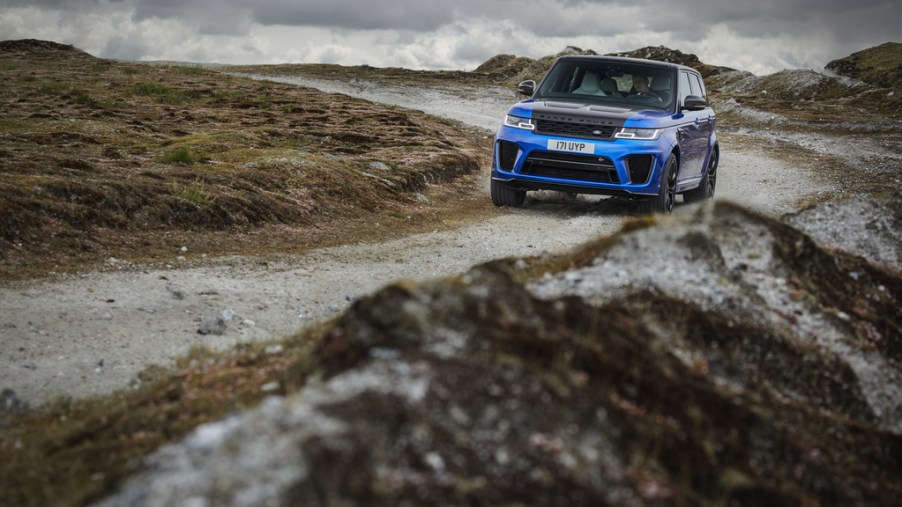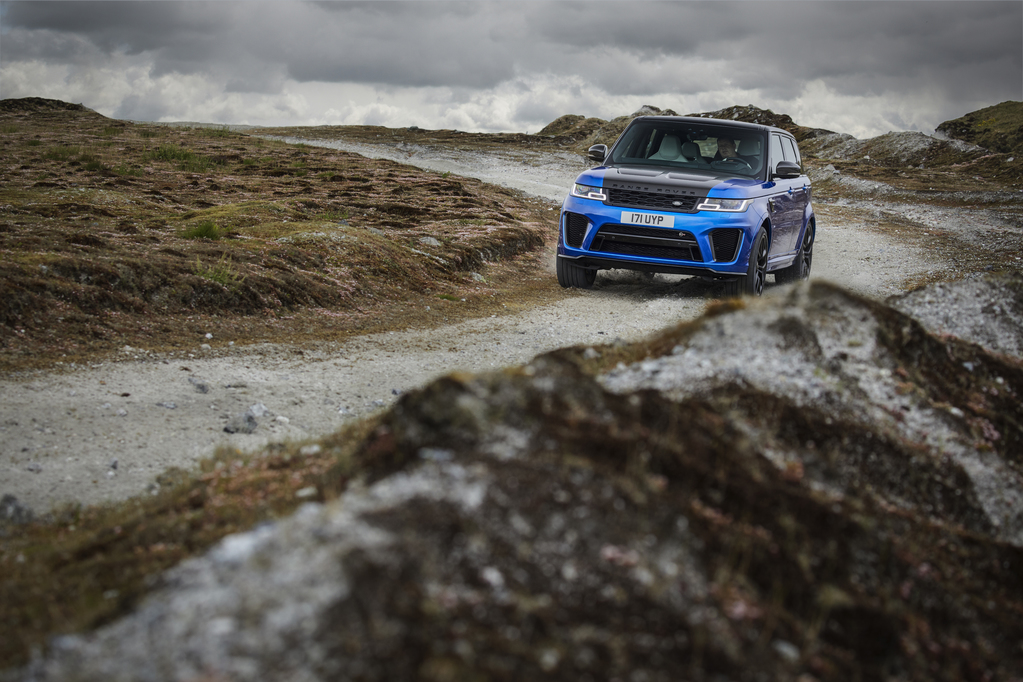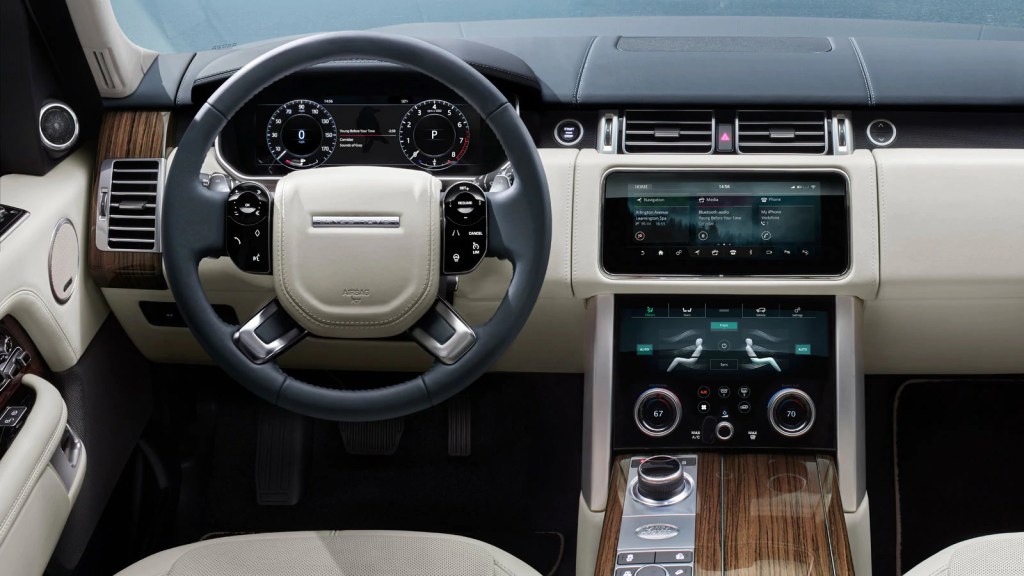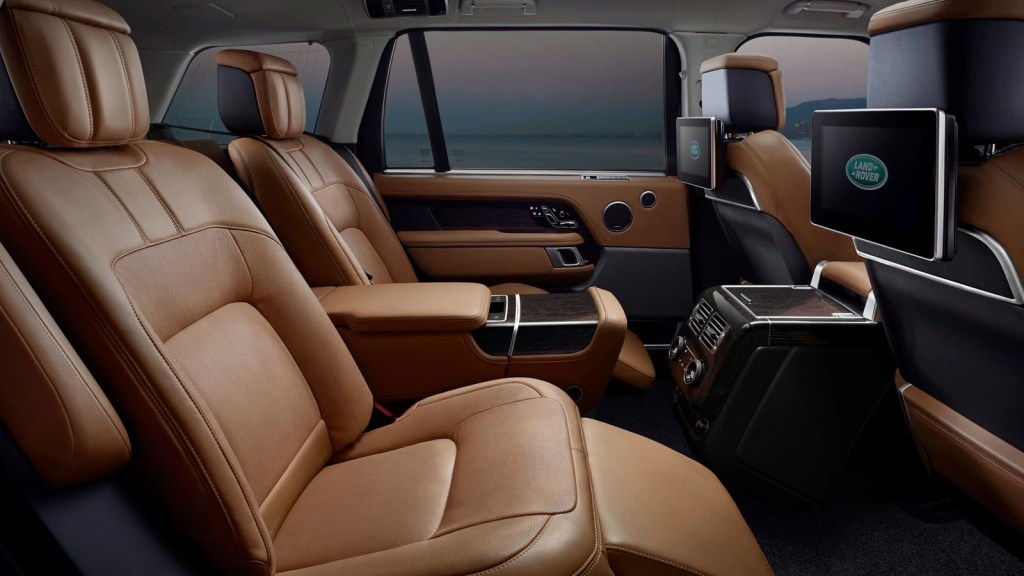
Why Are Range Rovers so Expensive and Are They Worth It?
Land Rover’s Range Rover may be one of the reasons so many people associate SUVs with luxury and status. It combined the go-anywhere capability of the original Land Rover with on-road refinement and a quality interior. Decades later, it’s still a very refined and competent SUV on pavement and over muddy grass. Although considering it’s possible to spend over $100,000 on a Range Rover, those qualities are expected. What isn’t, however, are the constant tales of faulty features and endless repairs. To this day, Range Rovers have a reputation for unreliability. Which begs the question: are they worth the cost?
Why people are willing to pay so much for a Range Rover
By the time it debuted in 1970, the Range Rover had actually been in development for close to two decades. While based on a Land Rover Series II, engineers made several changes inside and underneath. Traditionalists worried these would ruin the SUV—but they needn’t have. From its initial debut, the Range Rover was amazingly popular.
The SUV had strong, but clean styling; Thrillist reports it was even displayed at the Louvre. The interior was still wash-down, but upscale and comfortable. It was also one of the first SUVs to offer permanent four-wheel drive. This, plus the split tailgate that can turn into a seat for weary outdoor explorers, have continued into the present day.
Today, the Range Rover is no longer a single SUV. But from the ‘entry-level’ Evoque all the way to the almost-$200k Autobiography SV, all have been praised for styling, high-quality interior, and ability to conquer any terrain. Motor Trend reports that even the city-focused Evoque can wade into water almost 2 feet deep.

The Range Rover has also kept pace with modern technology. The 2013 model was one of the first SUVs to feature an aluminum unibody. Air suspension helps the lineup adapt to both on- and off-road situations, and is linked to the SUV’s traction control and Terrain ResponseTM system. There’s also an active locking rear differential, and what is essentially an off-road cruise control system. Land Rover, even on the Evoque, also lets drivers use the SUV’s multiple cameras to see the ground around them and avoid obstacles.
However, all this fancy tech does come at a price. And not just when customers put down their deposits.
Where Range Rovers fall short
One of the most infamous Range Rover owners is Doug DeMuro. He famously bought a 2006 model from CarMax in 2012, along with a “bumper-to-bumper unlimited warranty.” By the time the $3,899 warranty expired in 2018, CarMax had paid just over $21,000 for repairs. Keep in mind, Doug paid $27,000 for the SUV in 2012.
The list of things that broke is too long to list here. There were so many, in fact, that the warranty paid for itself within 18 months. The air suspension crops up repeatedly, along with several other suspension components. The ’06 Range Rover also had many electrical gremlins—the horn, steering, parking sensors, and so on. And while this particular model was used, these kinds of issues still show up in new ones.
Car and Driver had electrical issues in both the 2016 Range Rover diesel and 2018 Velar used for long-term reviews. Random error and warning lights, infotainment glitches—sometimes the digital gauge cluster wouldn’t turn on. The UK’s Daily Mail reported that in a vehicle reliability survey performed by What Car, 2 of the 5 most unreliable vehicles were Range Rover models.
Car and Driver didn’t suffer any suspension issues. However, Autotrader reported that the air suspension causes so many headaches, people looking at a used Range Rover should make sure it was converted to coil springs.
Why are there so many repairs needed? And do owners care?
It isn’t unusual for redesigned SUVs to suffer reliability issues. A new design, new features—there’ll be bugs to work out. But Land Rover hasn’t redesigned the Range Rover for several years. And yet, Consumer Reports still gives every Range Rover its lowest reliability rating. And still, people continue to buy them.

Part of this reliability issue—which Autotrader reports has haunted the Range Rover from the beginning—may stem from what makes the SUV so desirable. Range Rover customers, as Jalopnik explained, expect a luxurious and ‘special’ experience from their vehicles. Which means Land Rover has to spend quite a lot of money developing new features, improving technology, and often making unique switchgear. This means the Range Rover costs a lot and doesn’t necessarily benefit from the economies of scale. Sure, seeing a Chrysler part in a Maserati can ruin the experience slightly. But it does lower the Maserati’s price a bit.

But it’s not like owners aren’t aware their SUVs will have problems. They simply don’t care. As Doug DeMuro posited, Range Rover owners want the newest and the best—not the most reliable. They buy the latest model, which means it’s under warranty, then sell it when a newer one comes out. This kind of behavior explains why luxury vehicles lose so much value, according to iSeeCars. Range Rover owners never have to deal with the expense of replacing parts and don’t care about the repair downtime (probably because they have several other cars).
Are they worth it?
As always, it depends. If you want a luxury off-road SUV, and can afford to buy one new, yes. Although many owners never use the Range Rover to its fullest extent, it really is equally at home in the city and countryside. If you can live with the headache of waiting on a repair, the warranty will at least keep costs down. And you might get lucky: Motor Trend didn’t suffer any problems with its Velar.
But if you’re shopping for a used SUV, a Range Rover probably won’t be worth it. Gambling on a vehicle’s reliability is not the savviest decision. Especially if you need it to work on a daily basis. What’s worse, CarMax wised up and raised the price of its bumper-to-bumper warranty.


